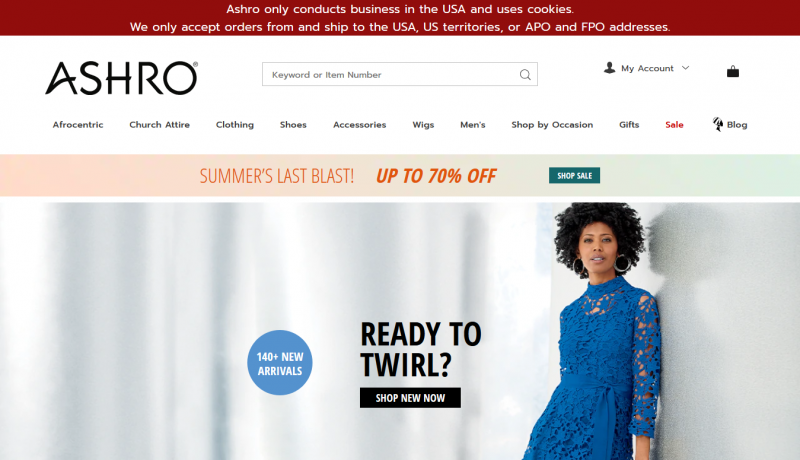Best Practises for Writing Formal Emails

Whether you’re reaching out to someone you don’t know, sending a business email, or simply writing to someone else in your company, you most likely have to send a large number of formal emails on a daily basis. Of the 333.2 billion emails sent every day, very many come directly from the world of business, with the corporate environment running on emails.
The vast majority of emails that are connected to businesses will be formal in nature, regardless of whether they’re internal or external in direction. If you’re currently crafting a formal email, then this is the article for you.
We’ll outline the structural elements that you should always endeavor to include in your formal emails, as well as demonstrate some of the best practices that you can start to incorporate into your writing.
By the end of this article, you’ll be an expert at writing formal emails and keeping your writing as professional as possible. Let’s get right into it.
What are the basic structural elements of a formal email?
Emails written in a formal context share the same principles as writing any form of professional document. Formal writing is about following rules, using clear structures, and not cutting any corners.
For example, while an informal email may suffice with a one-line question, a formal email would need a proper introduction, the information laid out neatly, and finally, a sign-off.
When writing a formal email, there is a certain structure that you should indeed to follow:
- Subject line – In a few words, summarize why you’re sending the email and what it’s about.
- Opening – Start your email with a formal greeting like ‘Dear’ or ‘To whom it may concern’, depending on who you’re messaging and whether you know them.
- Main body – After your greeting, you should add a paragraph space and then begin the core content of your email. This is the area where you’ll include all the information you want to send, neatly arranging it into short sentences.
- Closing and Sign-off – After the bulk content of your email, you should then write a short closing sentence, like ‘Kind regards’, ‘Best wishes’, ‘Many thanks’ or anything in that vein. From there, follow with your name, and you’ll have composed the perfect email.
- Email Signature –One final addition that is a must when sending a formal email is an email signature. This element will allow you to include a range of additional information without taking up much space. Email signatures are a core mark of a professional email, and will instantly let the sender know that you’re writing from a formal background.
With all of these elements included, you’ll have crafted a formal email that will come across as professional. Try not to skip any of these elements, as each is important in giving the correct impression and structuring your formal email correctly.
What are the best practices to follow when writing a formal email?
Email writing is something that you can continuously become better at over time. That said, especially when conducting formal emails, you don’t want to make a fool of yourself. To get around this, you should aim to follow a few best practices.
Each of these tips will point you in the right direction, helping you to quickly craft a formal email that conveys exactly what you want to say.
- Include a Succinct Subject Line – Alongside just including a subject line, you should also ensure that it accurately summarizes exactly why you’re writing this email. Keep it short and to the point, but make sure it gives a good definition of the email as a whole. Not only will this ensure the recipient understands the context of the emails straight away, but it also means you can find the email again in the future.
- Keep it short – No one likes rambling. Keep your email as short as possible by cutting out any superfluous details. You don’t need to go into exact detail about everything; just provide the baseline amount of information needed.
- Paragraphing –If your email has a lot of information in it, one way you can make it slightly easier on the eye is to paragraph where appropriate. This creates white space in your email, which will make it much easier for the recipient to scan, helping them to process your email much faster. The paragraphed style also looks much more professional, and will add to the perceived formality of your email.
- Proofread or Use a Proofreading Tool –There’s really no excuse for making spelling or grammatical errors when writing something as short as an email. If your email is riddled with typos, then people will assume that you didn’t take much care when writing it, giving a bad impression. Be sure to proofread your email. If you’re not confident with spelling and grammar, then use a service like Grammarly or simple autocorrect to catch any errors.
- Monitor your Email Address – If you’re still using the same email address that you made when you were 8 years old, it might be time for a refresh. Make sure your email account name is professional, depicting your name or something of the sort. Stay away from nicknames or anything that wouldn’t be appropriate in a professional environment.
With these five practices in mind, you’ll be able to quickly craft an email that is professional, and that will come across as formal. Be sure to focus on your tone, giving your email one final read-over before hitting send.
Final Thoughts
With the vast quantity of emails sent every single day, it’s no surprise that you’ll regularly have to write a formal email. No matter who you’re sending this email to, you should always aim to keep it as professional as possible, using the above best practices that we’ve outlined as well as the structure we’ve provided.
Just remember, short and sweet is normally the key thing to take forward. Considering the average person receives between 100-120 emails every single day, if you want to stay in people’s good books, you should aim to write emails that are straight to the point. While it may be polite to write a long introduction asking about how someone is and what not, it’s often better to just get right to what you need to say.
After all, these are emails – not novels. With this in mind, you’ll be well on your way to writing the perfect formal emails every single time.




